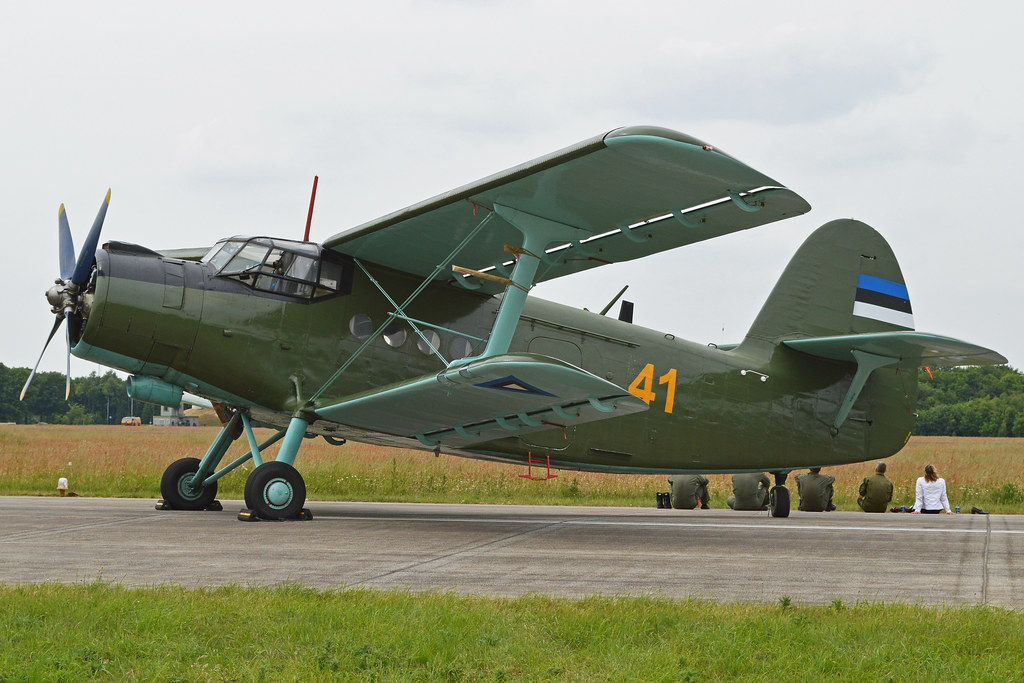
Specialized sources in Russia have reported the successful inaugural flight of the “Partizan” aircraft, which falls under the category of “optionally piloted” aircraft. Constructed with a carbon body, it is built upon the TVS-2DTS platform, a Russian adaptation of the An-2. Notably, it features an American TPE331-12 turboprop engine sourced from renowned manufacturers Honeywell and Hartzell, reflecting international collaboration in its design.
The maiden flight of the “Partizan” reportedly lasted around 20 minutes, with pilots on board, and achieved speeds ranging from 50 to 200 km/h. The primary objective of this flight was to verify the aircraft’s performance characteristics, laying the groundwork for further refinements to its control systems.
Beyond being a mere aircraft project, the “Partizan” initiative represents a strategic endeavor by Russia to develop a robust drone capable of transporting payloads of up to 100 kilograms over distances of up to 1000 kilometers.
An interesting aspect of the project is its potential application for passenger transportation within Russia’s domestic airline network, despite being powered by an American turboprop engine. Notably, this doesn’t fall under the umbrella of “import substitution.” Additionally, the aircraft boasts eight low-capacity electric motors aimed at enhancing its flight capabilities.
Upon the successful completion of all testing phases and commencement of serial production, the “Partizan” aircraft, designed as an “optionally piloted” system, is expected to find widespread utilization across various sectors of the Russian economy.
However, one crucial aspect that remains unaddressed by Russian authorities is the potential risk associated with the reliance on American engine technology, particularly concerning the availability of spare parts in the event of sanctions from Western nations.
Despite the civilian-oriented focus of the “Partizan” program, there exists the possibility of repurposing certain elements for military applications. For instance, older An-2 aircraft could potentially be converted into unmanned target drones for purposes such as towing Lancets.
In mid-January of this year, Yakovlev, a Russian firm, declared the successful conclusion of state trials for their latest light training aircraft, the Yak-152. Tailored specifically for the primary training of prospective VKS RF pilots, the Yak-152 demonstrated the tactical and technical prowess outlined in its design during these assessments. However, the developers of the Yak-152 are not idling; rather, they are actively strategizing for “import substitution in a short period” for critical components like the engine and propeller.
Until the implementation of “import substitution,” the large-scale production of the Yak-152 will remain on hold. Nevertheless, once this transition occurs, we anticipate the Yak-152 to be integrated into the fleet, thereby enhancing the efficiency of existing combat training aircraft.
The Antonov An-2, affectionately dubbed ‘Annushka’ or ‘Annie,’ stands as a prominent single-engine biplane originating from the Soviet era. Making its significant debut in 1946, this aircraft has traversed various skies globally, solidifying its status as one of the longest-produced planes in history. Its creation is credited to the renowned Soviet aircraft designer Oleg Antonov and his team at the Antonov Design Bureau.
A testament to its endurance, ‘Annie’ boasts remarkable lifting capacity and resilience, enabling it to navigate basic runways even in the most challenging terrains. With capabilities including a top speed of 258 km/h [160 mph], a range of 845 km [525 miles], and an altitude ceiling of 4,500 m [14,750 ft], the An-2 offers unparalleled versatility and adaptability in aviation.
Primarily serving in roles such as light utility and agricultural facilitation, the An-2 finds itself engaged in crop dusting, aerial firefighting, air ambulance duties, scientific research missions, parachute dropping, and military operations. Its strength lies in its simplistic yet durable design, rendering it the ideal choice for swift and efficient operations in remote and isolated regions with minimal ground support.
To grasp the breadth of An-2 applications, it’s imperative to analyze its multifaceted roles. Functioning as an agricultural aircraft, it carries payloads of pesticides and other chemicals for dispersal over farmlands and crops. Transitioning to military operations, the An-2 serves as a versatile transport vehicle, a reconnaissance scout, and even participates in light combat engagements, leveraging its capacity to accommodate small arms and light artillery. Despite its aging status, the An-2 maintains its relevance, evident in its continued service across nations worldwide. This enduring presence underscores its reliability and adaptability, making it a staple in various operational contexts. Such distinctive capabilities not only attract the attention of aviation enthusiasts but also garner interest from professionals, warranting further exploration and study.




